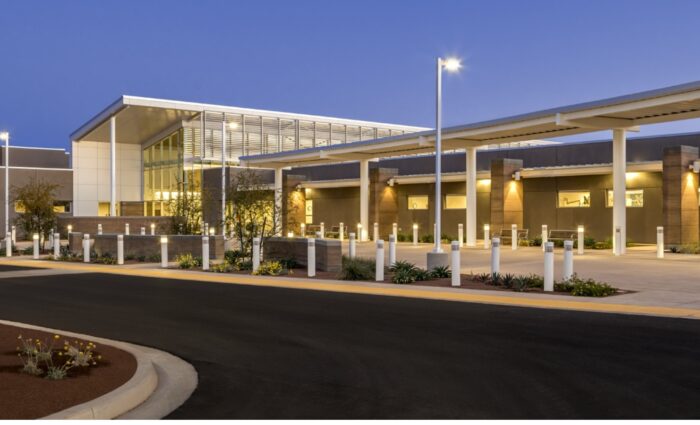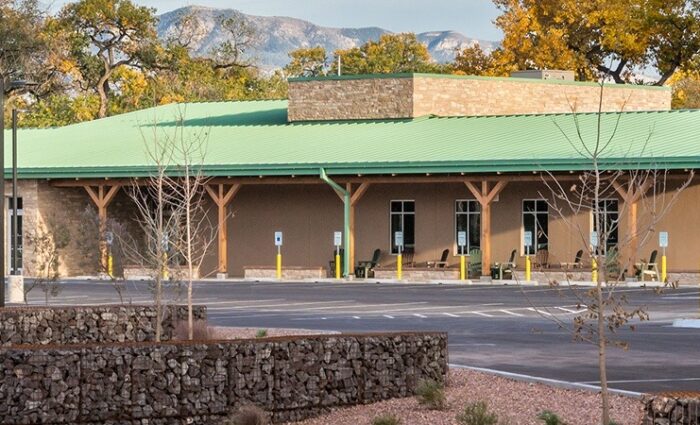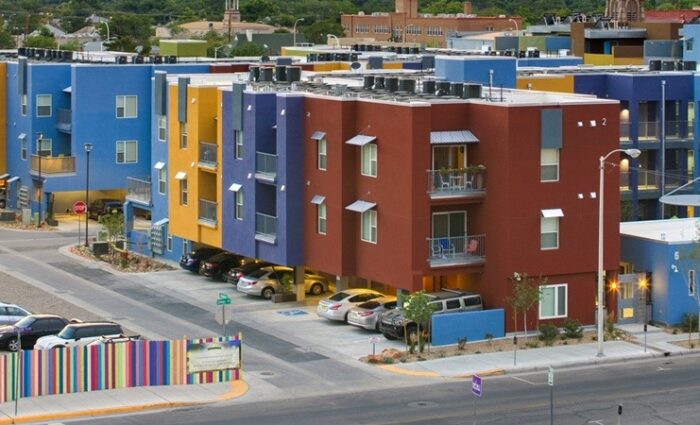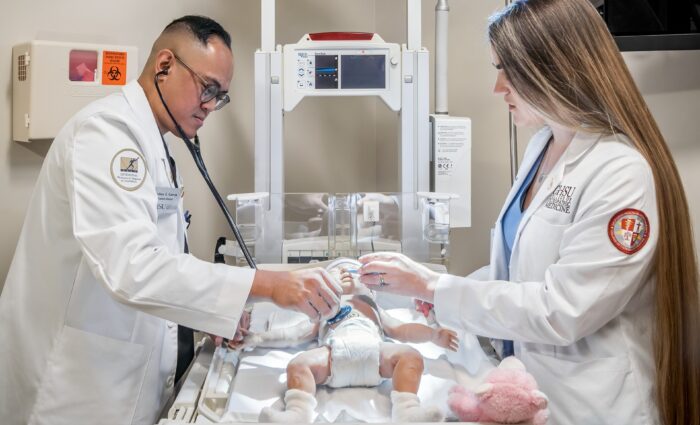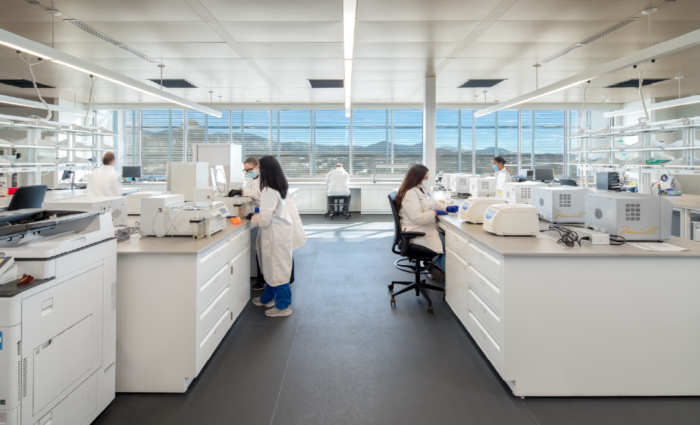The Human Side of Laboratory Design
With rapidly accelerating technology and aging facilities across the United States, the need for adaptive, efficient, and supportive laboratory design continues to grow. The difference in needs from lab to lab poses exciting challenges for lab design architects. Whether forensic, clinical, research, pharmaceutical, or another type of lab, the nature of onsite work may be unique—but a common thread is the need for spaces that foster staff wellbeing and promote healthier, better work.
Unique Solutions
Design is never one-size-fits-all, and this is especially true for laboratories. While flexibility, security, and cost are important factors for many labs, the technical needs and intended use of each requires a unique solution. Variable infrastructure and modular design are key to ensuring labs are adaptable for today and beyond. As technology changes the way lab work is done and new challenges arise, facilities must respond to the moment and transform without heavy cost or interruption of work.
Many labs rely on public funding to be built and operated, with strict budget requirements. An efficient design process that centers building users’ needs can help avoid costly delays and keep projects on track. Security is also a priority, with labs handling sensitive, confidential, or hazardous materials.
Consider a forensic lab and the processing of evidence: while staff may need to access the building at all hours, it’s crucial that entry and exit are carefully controlled. These individual factors all come together to inform the final design of a space.

The Human Element
In addition to addressing highly specific technical specifications, effective lab design also takes a human-centered approach to provide for people’s workplace and personal needs. The focused and often serious nature of lab work underlines the importance of well-rounded workplace design. In combination with individual workstations, creating space for teamwork, training, and collaboration helps people feel supported. Meanwhile, places of respite give staff a chance to decompress.
Balancing a need for secure or technical work with access to daylight, views, and open space is vital for the wellness of any lab’s team.

Everyday needs for rest, socialization, and movement can be met with break rooms and outdoor areas that are comfortable and sheltered from the elements. Friendly lobby and public areas are also needed by many laboratories to welcome visitors and partners.
Discovery + Collaboration
A problem-focused approach to design ensures that both technical and human needs are met in the creation and renovation of lab facilities. Hearing directly from the people who inhabit these spaces every day is key to determining and prioritizing design elements. It also helps create a facility that is well-suited for today and the future. Our team of lab design architects knows first-hand how important this engagement with building users is to the design process.
For the New Mexico Department of Public Safety, we partnered with Crime Lab Design to create a new, 45,000sf Forensic Lab in Santa Fe. We brought the design to life through direct feedback from laboratory staff, an understanding of community needs, and spatial and budget estimation tools. With the project at a critical point in March of 2020, the team managed a mid-project shift to remote work—keeping the budget and schedule on track. Set to complete in 2023, the new lab replaces 15,000sf of outdated space and dramatically increases the capacity for work and quality of life for 50 staff members.
With collaborative partnership, specialized expertise, user input, and smart design, lab facilities of all types can better serve their staff and communities through the vital work done in these spaces.
Read our minds.
Sign up for our email.
Related Content

Buildings with more brains require less brawn.
Dekker has a different design strategy when it comes to public safety.






